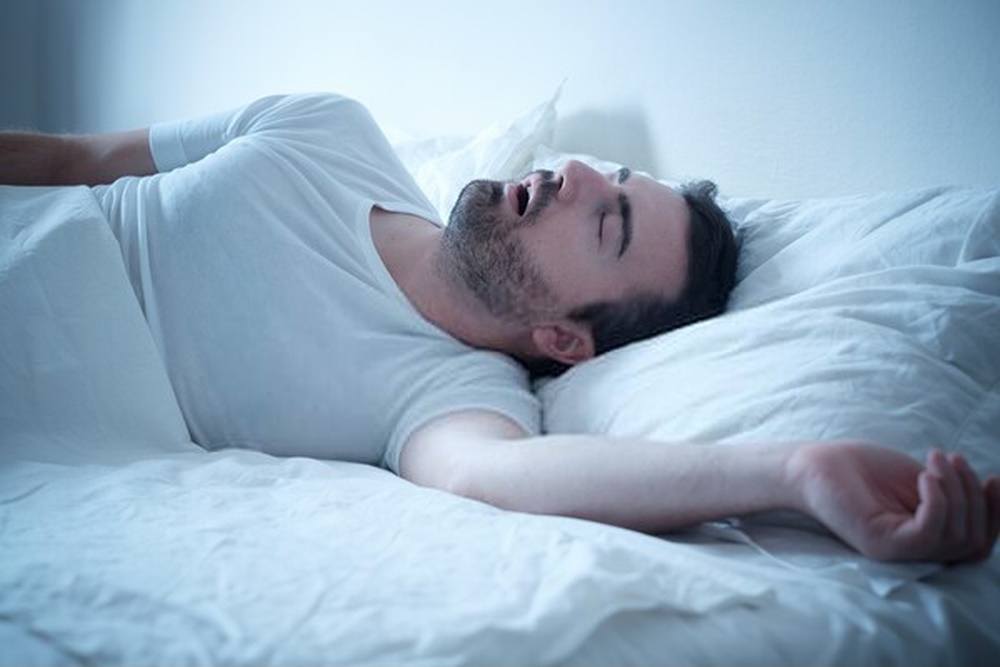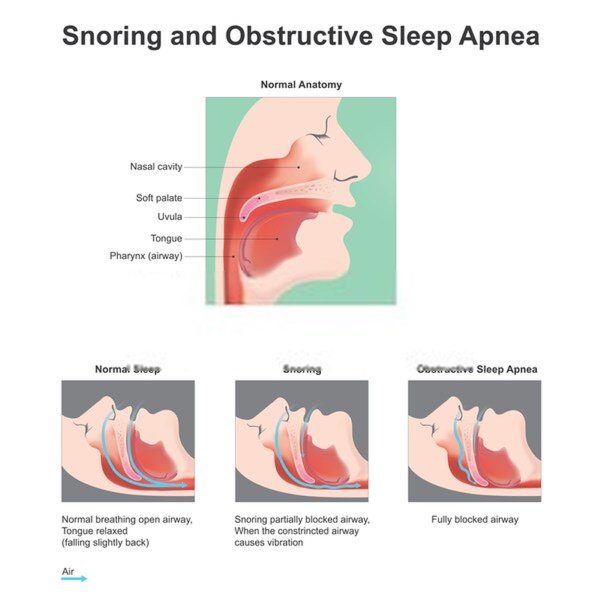Sleep apnea is a type of sleep disorder. It involves a person’s breathing while they are asleep, specifically a repeated interruption in breathing. There are two forms of apnea and each one can be potentially dangerous.
Central Apnea
People with CSA will have regular interruptions in breathing while asleep. The brain is not properly telling the body to breathe. It is often the result of other conditions such as Lou Gehrig’s disease, Alzheimer’s disease, or encephalitis. Treating symptoms of these conditions often results in a reduction of apnea occurrence.
Men aged 65 or older are more likely to develop CSA. This is because there is an increased risk of other age-related medical conditions. Older adults are also prone to irregular sleep patterns.
Obstructive Apnea
Obstructive Sleep Apnea (OSA) is a more common type of apnea. It occurs when the upper airways become blocked, preventing breathing. People who are overweight are more likely to develop OSA. Additionally, enlarged tonsils, small nasal passages, and a deviated septum can be a cause of OSA.
Although similar to CSA, the difference is that people with OSA experienced blocked airways. Breathing while sleeping still stops frequently, but the brain’s signaling is not controlling the blockage.
Common Symptoms
Symptoms are similar for both forms of apnea but people with CSA may have additional symptoms associated with underlying conditions. Apnea can cause a variety of symptoms that can include:
- Headaches
- Fatigue
- Loud snoring
- Waking up gasping
- Forgetfulness
- Mood changes/depression
Apnea Diagnosis
After consulting a doctor to discuss symptoms, several tests will be ordered. The doctor will also recommend a sleep study with an apnea test. Called a polysomnogram, the apnea test involves relying on electronic readings produced during sleep.
Electrodes and monitors are connected to the patient that will monitor brainwaves, heart rate, oxygen levels, and snoring loudness. Patients are also visually monitored during the sleep session, usually by video recording. Trained professionals analyze the readings and convey results back to the doctor. The results will then be reviewed and treatment options will be discussed.
Sleep Apnea Treatments
Mild cases of apnea can be treated by behavior modification and lifestyle changes, including losing weight and sleeping in a different position. Sufferers should quit smoking and avoid consuming large amounts of alcoholic beverages. More serious instances of apnea may require the use of a Continuous Positive Airway Pressure (CPAP) machine while sleeping. This machine produces a continuous air supply to keep airways open. Surgeries are recommended as a sleep apnea treatment for people who have enlarged tonsils, narrow nasal passages, or a deviated septum.
Most people who suffer from sleep apnea are unaware of it. Generally, sufferers do not wake up when breathing stops. Loved ones notice the main symptoms, particularly when the sufferer gasps as they begin breathing again. Although it is common, apnea is a serious condition that requires treatment. If left untreated, the apnea can lead to developing conditions such as high blood pressure and Type 2 diabetes.


